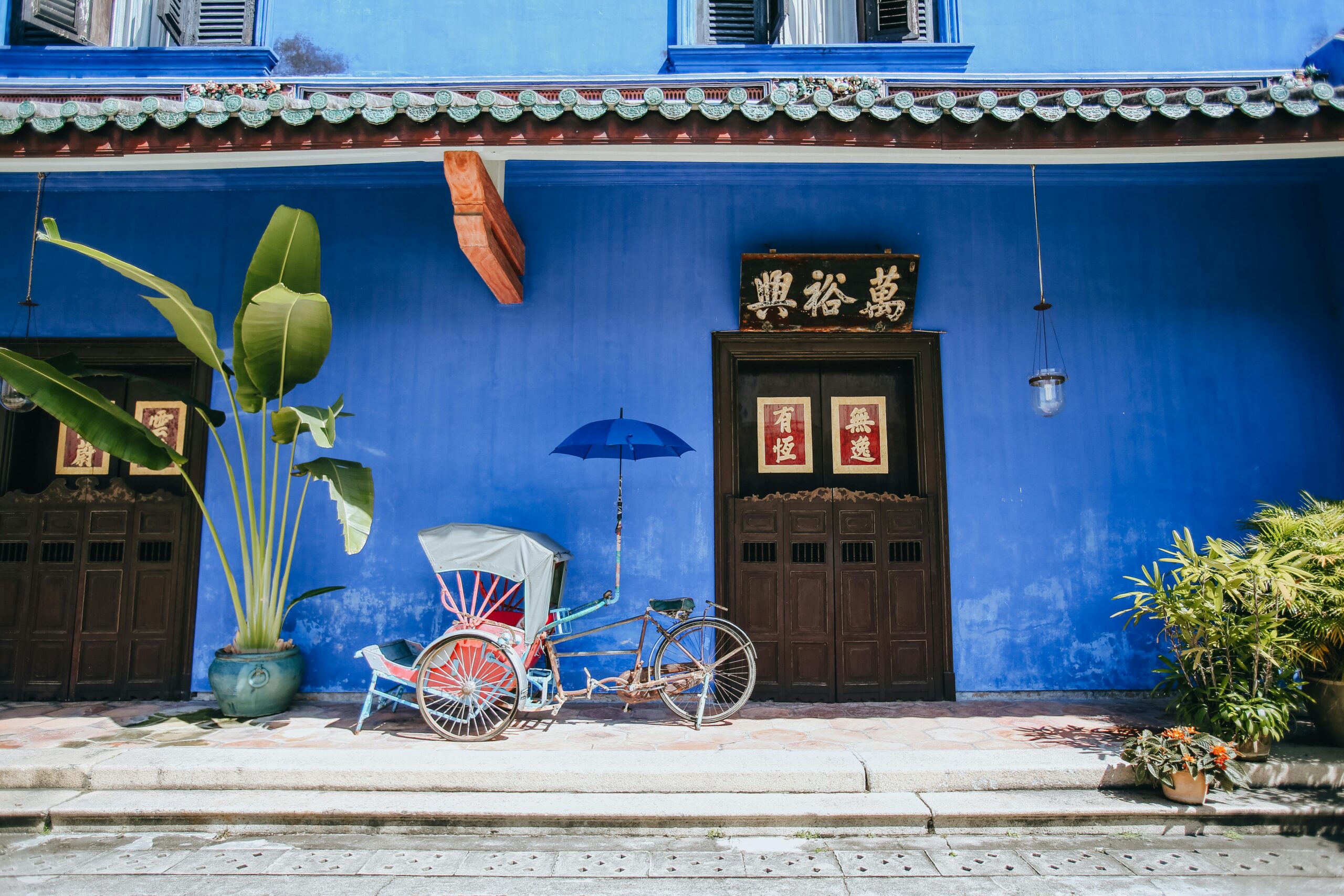Penang: A Tapestry of Culture, Flavor, and Innovation
Nestled along Malaysia’s northwest coast, Penang is a vibrant fusion of history, culture, and modernity. Known as the “Pearl of the Orient,” this island-state has captivated travelers for centuries with its UNESCO-listed George Town, a living museum of colonial architecture and multicultural heritage. From bustling hawker stalls serving iconic street food to serene temples and cutting-edge tech hubs, Penang effortlessly bridges past and present. This article delves into the island’s rich cultural identity, its culinary fame, its artistic renaissance, and its evolving role as a regional innovation hub. Whether you’re a history buff, foodie, or tech enthusiast, Penang offers a dynamic narrative that invites exploration and discovery.
A Crossroads of Civilizations
Penang’s history as a British trading port in 1786 laid the groundwork for its multicultural identity. George Town’s streetscapes reflect layers of influence: Chinese shophouses adorned with intricate carvings stand beside British colonial edifices and Indian-Muslim mosques. Communities like the Peranakan (Straits Chinese) and Chetti Melaka (Indian-Malay) emerged from centuries of intermarriage, creating unique traditions celebrated in festivals like Chap Goh Meh and Thaipusam. Key landmarks, such as the Kapitan Keling Mosque and Khoo Kongsi clan house, symbolize the island’s ethos of coexistence. This cultural mosaic isn’t just historical—it thrives in daily life, from multilingual street signs to hybrid culinary practices.
Culinary Capital of Southeast Asia
Penang’s food scene is legendary, earning UNESCO recognition as a “Creative City of Gastronomy.” Its hawker centers—like Gurney Drive and Air Itam—are pilgrimage sites for dishes such as Char Kway Teow (stir-fried noodles) and Assam Laksa (tangy fish soup). The cuisine reflects its diverse roots:
- Chinese influences: Hokkien-style prawn mee and dim sum
- Malay flavors: Spicy Nasi Kandar and coconut-based curries
- Indian contributions: Flaky Roti Canai and aromatic biryanis
Local chefs blend these traditions, creating innovations like “Nyonya cuisine,” a Peranakan fusion of Chinese ingredients and Malay spices. Food here isn’t just sustenance—it’s a storytelling medium.
Street Art and Creative Revival
In the 2010s, Penang’s cultural narrative expanded with a street art boom. Lithuanian artist Ernest Zacharevic’s murals, like “Children on a Bicycle,” transformed George Town into an open-air gallery. This movement sparked a broader creative revival:
- Heritage buildings repurposed as cafes and boutique hotels
- Annual festivals like the George Town Festival celebrating music and theater
- Local artisans reviving crafts like kebaya embroidery and pewter work
Art became a tool for preservation, drawing younger generations back to historic neighborhoods and fostering pride in Penang’s identity.
Balancing Progress and Heritage
Today, Penang faces the challenge of modernizing without eroding its soul. The island is a growing tech hub, hosting firms like Intel and Bosch, while initiatives like the Penang 2030 vision prioritize sustainable tourism and green infrastructure. Projects like the Penang Hill Biosphere Reserve aim to protect ecosystems, even as the state invests in connectivity with the upcoming Pan Island Link highway. The delicate dance between development and preservation is evident in restored shophouses housing startups and century-old temples neighbored by co-working spaces. Penang’s future lies in honoring its past while embracing innovation.
Conclusion: Penang’s Enduring Allure
Penang’s magic lies in its ability to evolve while staying rooted. Its streets whisper tales of traders, migrants, and visionaries, while its skyline signals a forward-looking ambition. From the smoky woks of its hawker stalls to the humming servers of its tech parks, the island embodies resilience and reinvention. For visitors, Penang offers more than a getaway—it’s a lesson in harmony, proving that tradition and progress need not clash. As the world grapples with globalization’s complexities, Penang stands as a testament to the beauty of cultural synthesis. Whether you’re savoring a bowl of Cendol or touring a semiconductor factory, one truth resonates: this island is timeless, yet always anew.
